Staying Fit Behind the Lens: How Helios Red Light Therapy Supports Photographers’ Health
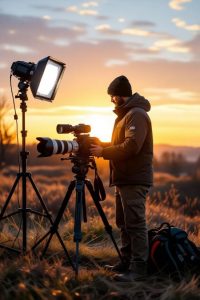 Photographers spend hours on their feet, carrying heavy gear and chasing the perfect shot. Long days in unpredictable environments can take a toll on both physical and mental health. Photojournalists, in particular, face demanding schedules that require constant alertness, quick reflexes, and resilience against fatigue. Maintaining peak wellness is crucial for those who capture moments that matter, yet few have tools that truly support recovery and energy management.
Photographers spend hours on their feet, carrying heavy gear and chasing the perfect shot. Long days in unpredictable environments can take a toll on both physical and mental health. Photojournalists, in particular, face demanding schedules that require constant alertness, quick reflexes, and resilience against fatigue. Maintaining peak wellness is crucial for those who capture moments that matter, yet few have tools that truly support recovery and energy management.
Helios red light therapy beds have emerged as a wellness solution for creative professionals. By offering a targeted way to improve circulation, reduce inflammation, and support muscle recovery, these systems help photographers manage the physical demands of their work. Many users highlight benefits such as increased energy and reduced soreness. For photographers focused on maintaining their health, features like collagen boosting are especially appealing, supporting skin health and recovery from long hours outdoors.
How Red Light Therapy Helps Photographers
Chronic fatigue is a common challenge in photography. Red light therapy stimulates cellular function, helping the body produce more energy at the cellular level. This can translate into better endurance during long photo shoots, sharper focus, and quicker recovery after physically demanding days. For photojournalists who often work irregular hours or in extreme conditions, this boost in vitality is invaluable.
Muscle strain and joint stiffness are inevitable after carrying heavy camera equipment. Red light therapy increases blood flow to tired muscles and supports tissue repair. Regular sessions can help reduce recovery time, allowing photographers to stay on schedule without compromising performance. By keeping muscles flexible and joints healthy, Helios beds enable photographers to remain agile even during long assignments.
Enhancing Mental Clarity and Focus
Photography demands mental sharpness as much as physical stamina. Exposure to red light has been linked to improved mood, reduced stress, and better sleep quality. For professionals who need to stay creative under tight deadlines, these benefits can improve overall productivity and the quality of their work. Photographers report feeling more alert and less mentally drained after incorporating red light therapy into their routine.
Supporting Skin Health and Appearance
Long hours outdoors and under harsh lighting can affect skin health. Helios red light therapy beds stimulate collagen boosting, which supports skin elasticity and reduces the visible effects of fatigue. For photographers who frequently appear on camera or in promotional materials, maintaining healthy skin is an added benefit of this wellness routine. The therapy promotes a refreshed, vibrant look that aligns with overall health.
Practical Tips for Integrating Red Light Therapy
- Schedule sessions consistently: Even short, regular treatments can improve energy levels and recovery.
- Pair with movement: Gentle stretching or light exercise before or after sessions enhances results.
- Create a wellness corner: Photographers with home studios can dedicate a space for red light therapy, combining relaxation with accessibility.
- Track improvements: Logging energy, recovery, and skin health helps optimize the benefits of therapy over time.
Success Stories and Testimonials
Many photojournalists have embraced Helios red light therapy as part of their routine. One professional shared, “After long assignments in harsh conditions, I notice less fatigue and quicker recovery. It keeps me moving, alert, and ready for the next challenge.” Stories like this highlight how technology can support demanding creative careers, making wellness achievable even during hectic schedules.
READ ALSO: Mental Health Benefits You Get From Photography
Conclusion
Staying fit behind the lens is no longer only about exercise and diet. Tools like Helios red light therapy beds provide photographers with an edge, improving recovery, energy, and overall wellness. By incorporating collagen boosting and other health-focused features, these systems help creative professionals thrive, ensuring they can capture every moment with vitality and focus.
Photographers who prioritize wellness through innovative solutions can sustain long, demanding careers without sacrificing their health, creativity, or passion for the craft.

 Private investigators rely on photography to uncover truths that are often hidden in plain sight. Their work transforms a simple camera into a powerful tool for capturing evidence. This craft, usually conducted under pressure, blends technical skill with creative instinct. Surveillance photography isn’t just about snapping pictures. It’s about telling a story that holds up in court or resolves a personal dispute. The stakes are high, and the images must be clear, precise, and undeniable.
Private investigators rely on photography to uncover truths that are often hidden in plain sight. Their work transforms a simple camera into a powerful tool for capturing evidence. This craft, usually conducted under pressure, blends technical skill with creative instinct. Surveillance photography isn’t just about snapping pictures. It’s about telling a story that holds up in court or resolves a personal dispute. The stakes are high, and the images must be clear, precise, and undeniable.



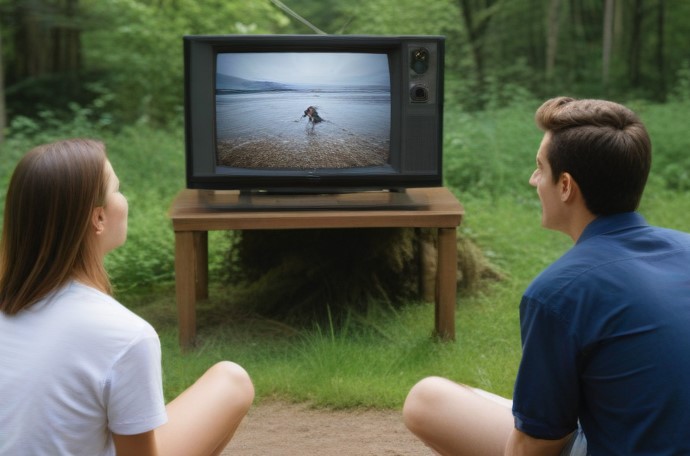
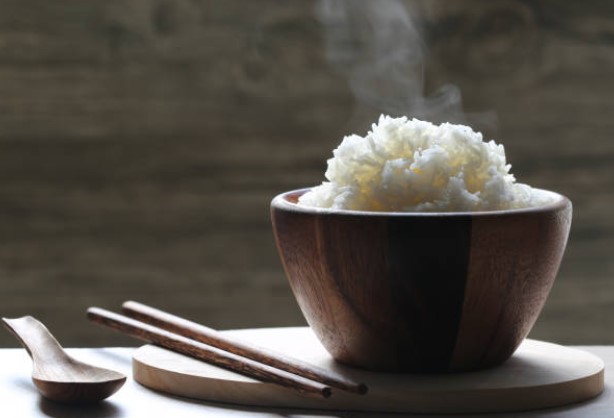


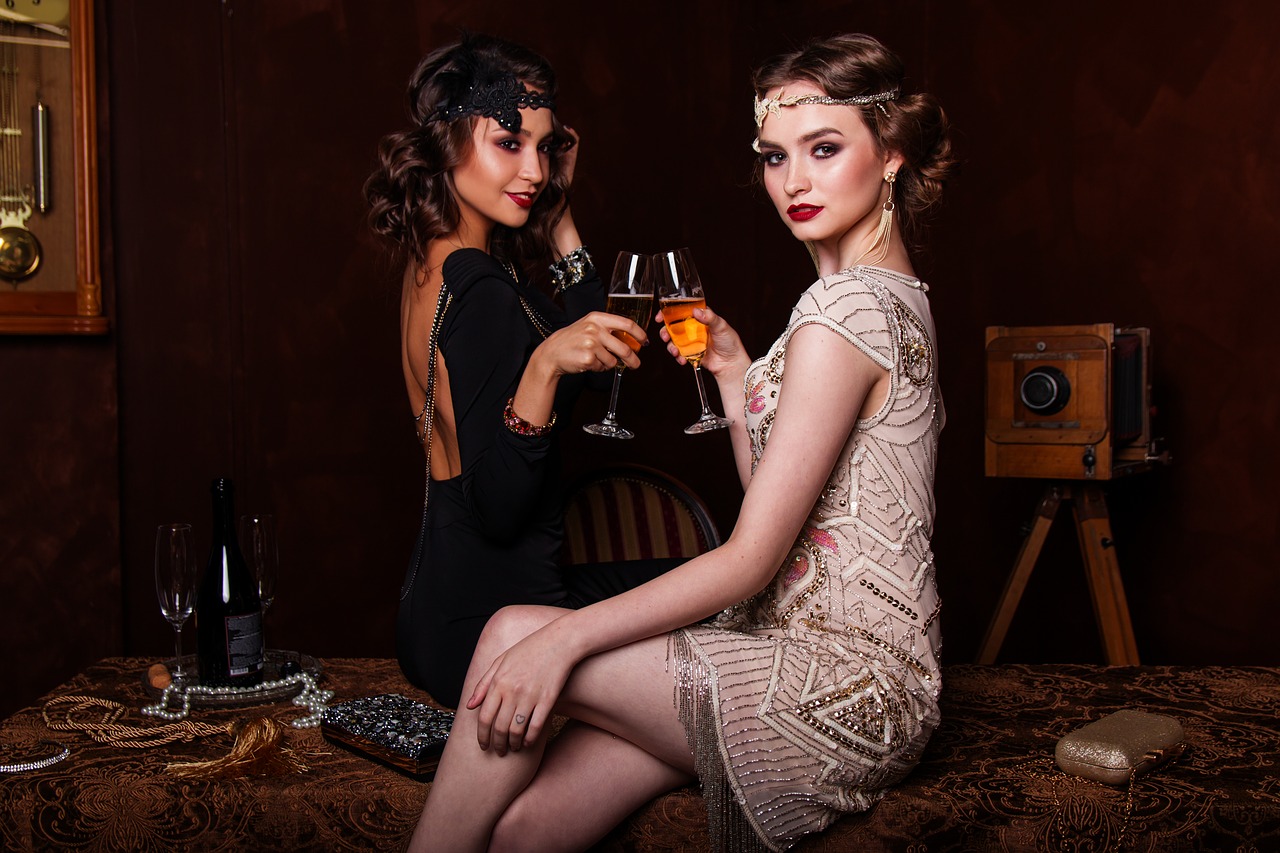
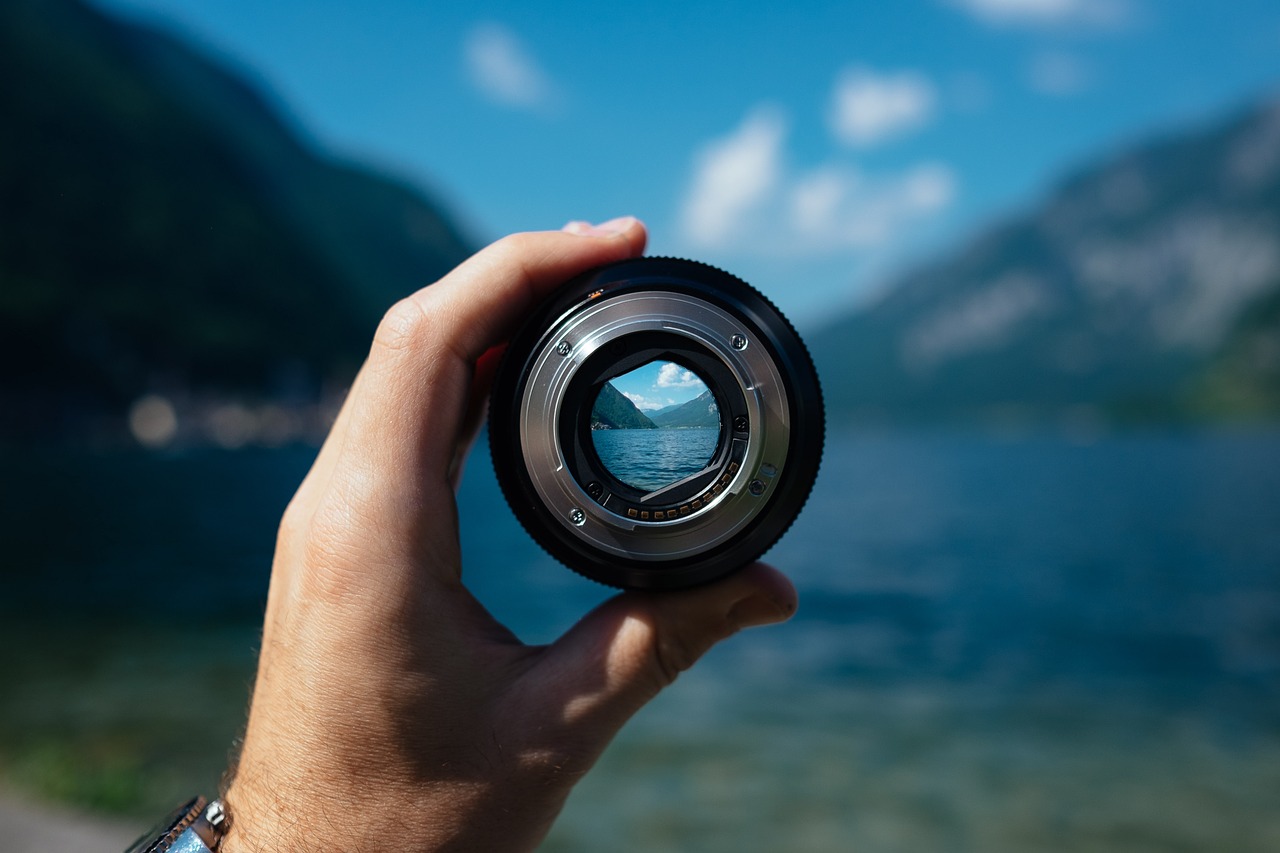

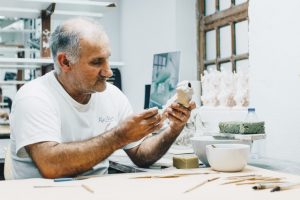
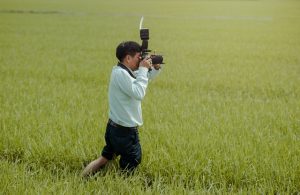 The cell phone camera is now replacing the expensive, large, and heavy camera. Ultimately, the number of megapixels remains the same for both cameras. The uniqueness of a photo has probably been lost with digital photography. On the other hand, on klikk her site, you can see unique photos of cars that you want to rent.
The cell phone camera is now replacing the expensive, large, and heavy camera. Ultimately, the number of megapixels remains the same for both cameras. The uniqueness of a photo has probably been lost with digital photography. On the other hand, on klikk her site, you can see unique photos of cars that you want to rent.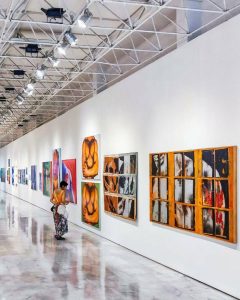
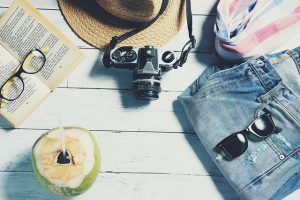
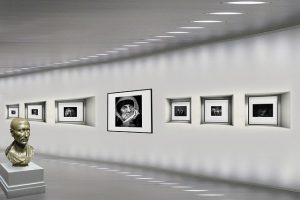
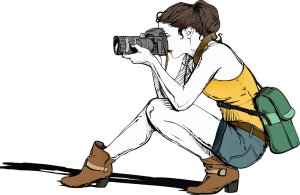



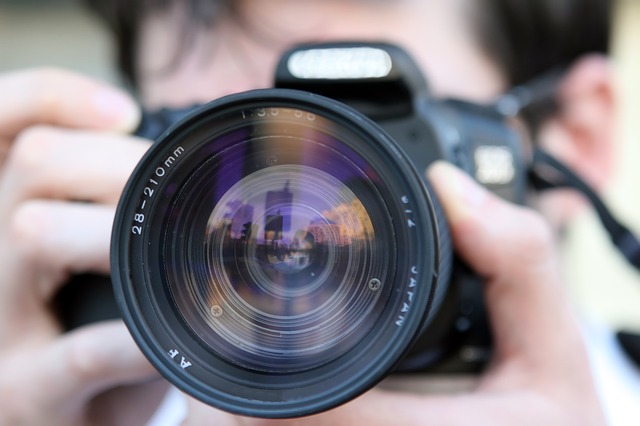 Photography is the art, science, and practice of producing pictures that are durable by way of an image detector or radiation, possibly by way of a substance such as a film, or by recording lighting. Ordinarily, there can be a lens used to concentrate the light emitted or reflected from items through a timed exposure into an actual picture to the surface within a camera.
Photography is the art, science, and practice of producing pictures that are durable by way of an image detector or radiation, possibly by way of a substance such as a film, or by recording lighting. Ordinarily, there can be a lens used to concentrate the light emitted or reflected from items through a timed exposure into an actual picture to the surface within a camera.

